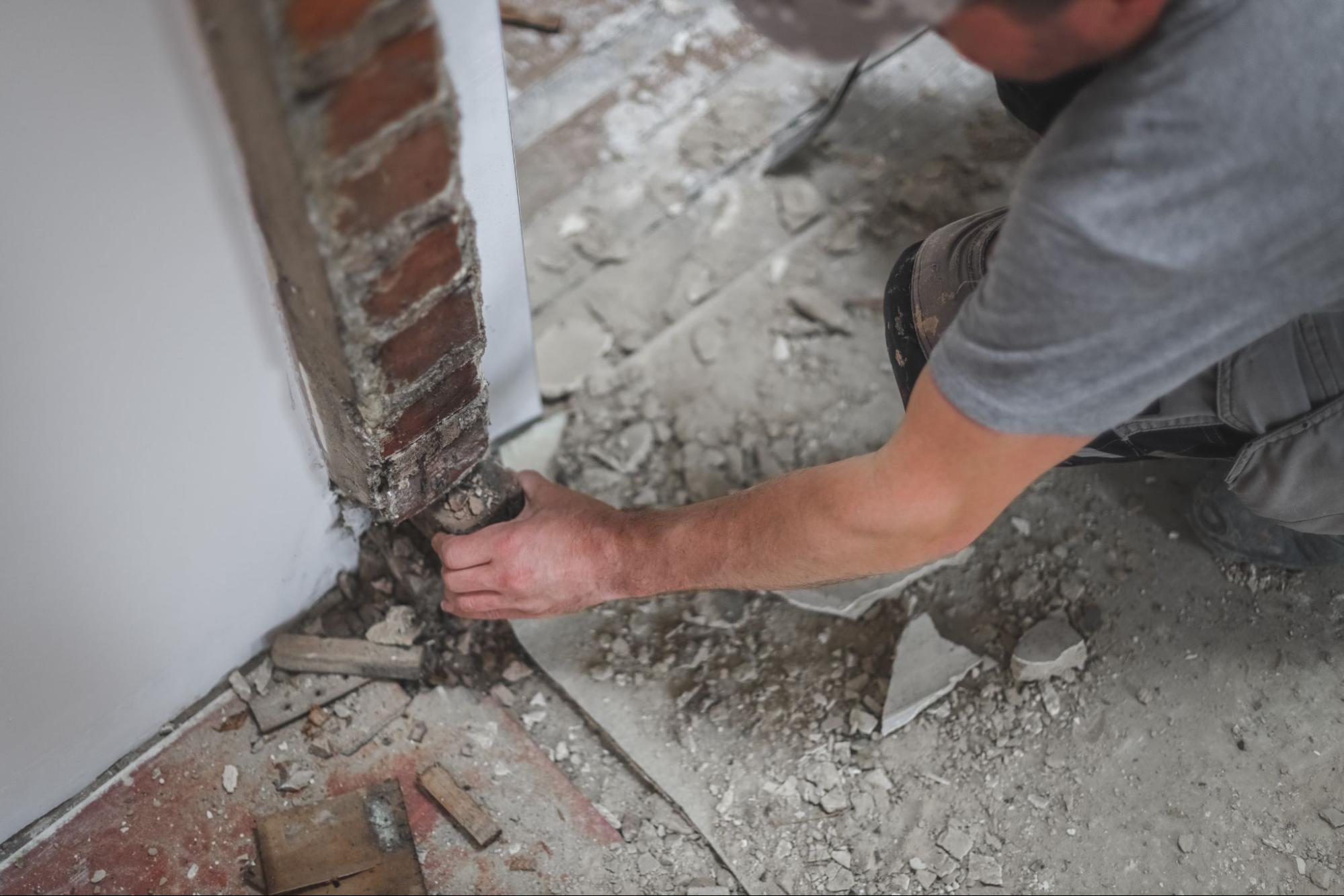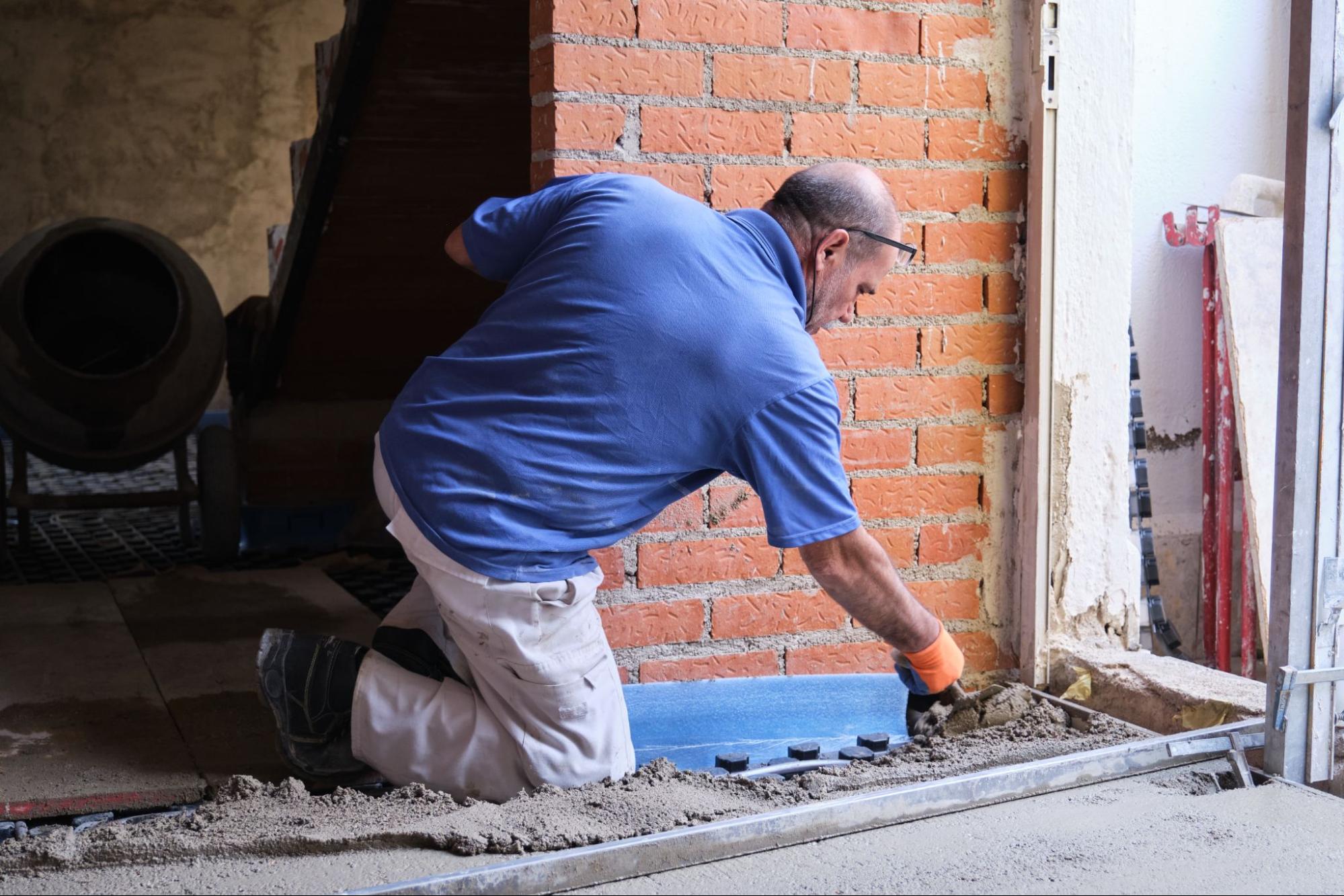
admin
August 25, 2025
Cracks in a concrete foundation are more than cosmetic flaws. They can signal structural weakness that threatens a property’s stability. Moisture intrusion, soil movement, and poor construction often contribute to the proliferation of these cracks. Foundation repair contractors bring specialized tools and expertise to halt the damage and restore long-term structural integrity.
Foundation repair contractors accurately diagnose, repair, and prevent concrete foundation cracks. Their work targets both the visible damage and the underlying cause, ensuring that repairs last for decades. Unlike general contractors, their training focuses solely on structural stability and soil behavior. This expertise enables them to select repair methods tailored to the home’s specific foundation type.
General contractors handle many construction tasks, but they often lack the specialized structural expertise required for foundation repair. Specialists in this field understand how soil pressure, load distribution, and environmental changes affect a foundation. They can identify whether a crack is due to seasonal movement or long-term settling. Their repair strategies are tailored to the property’s unique conditions. This specialization helps prevent recurring damage after repairs.
Foundation cracks often result from a combination of environmental and construction-related factors. Identifying the cause is essential for selecting the most effective repair. Foundation repair contractors examine soil, water flow, and construction records to recommend effective solutions. This thorough process ensures repairs address more than just the surface damage.
Soil expands when wet and contracts when dry, creating stress under the foundation. During droughts, the ground shrinks, leaving voids beneath the concrete. Heavy rains then cause the soil to swell, pressing against the foundation walls. These shifts can produce both vertical and diagonal cracks. Contractors study local soil types to determine the best long-term repair method.
Concrete that is poorly mixed or lacks reinforcement is more likely to crack. Weak curing methods can also reduce the material’s durability. Over time, these flaws make the structure vulnerable to pressure from shifting soil or water damage. Foundation repair contractors identify weak spots and choose materials that exceed the strength of the original concrete. This approach adds both stability and longevity.
Water pooling near a foundation slowly erodes its strength. Poor grading, blocked gutters, or faulty drainage systems allow moisture to seep into the concrete. Over time, the freeze-thaw cycle or constant saturation widens cracks. Contractors often recommend addressing drainage issues simultaneously with crack repairs. This combination stops new cracks from forming and protects the structure from future water intrusion.
Large trees planted too close to a home can cause foundation problems. Roots draw moisture from the surrounding soil, resulting in uneven settlement. Clay-rich areas can cause one side of the foundation to drop faster than the other. Roots can also press against concrete walls, creating cracks over time. Contractors often recommend root barriers or strategic tree removal to prevent further damage.
Repeated cycles of freezing and thawing can stress concrete foundations. Water enters small pores and cracks, freezes, and then expands, widening the damage. In regions with harsh winters, this process can rapidly weaken the structure. Prolonged heatwaves can also dry out the soil, leading to shrinkage and foundation movement. Foundation repair contractors may recommend insulation or weatherproofing to mitigate the effects of extreme temperatures.

A correct diagnosis guides every effective repair. Foundation repair contractors use detailed inspections to find the source and severity of cracks. They study the visible damage and the surrounding structure for signs of stress. Each step of this process helps them select the most suitable repair strategy.
Contractors first inspect the cracks for size, shape, and location. Hairline cracks are harmless, while wider gaps suggest structural instability. The direction of the crack, whether horizontal, vertical, or diagonal, can reveal its cause. For example, horizontal cracks often indicate soil pressure from outside the wall. This initial assessment gives contractors a clear starting point for repairs.
Crack gauges and calipers allow contractors to measure width changes over time. If a crack widens steadily, it may indicate ongoing soil movement. Tracking growth over several weeks or months helps determine urgency. Stable cracks can be sealed, but active ones may need structural reinforcement. This monitoring step ensures that the repair matches the behavior of the crack.
Soil tests reveal whether the ground is loose, compact, or expansive. Moisture readings show if water is accumulating around the foundation. These results influence repair choices, such as adding drainage systems or stabilizing the soil. Contractors also consider seasonal patterns when interpreting test results. Accurate data leads to solutions that last through environmental changes.
Foundation repair contractors select methods based on the size, depth, and cause of the crack. Each technique addresses specific structural or water-related issues. Repairs focus on restoring strength, preventing water entry, and stopping further movement. The chosen method is often combined with preventive measures for lasting results.
Epoxy injection seals cracks and bonds the concrete back together. Contractors apply the epoxy deep into the fracture, creating a seal stronger than the original material. This method is best for stable structural cracks caused by past movement. Cracks still exposed to active shifting are not recommended. When applied correctly, epoxy injection can make the repaired section even more durable.
Polyurethane foam expands to fill cracks and block moisture. Its flexibility allows it to withstand minor foundation movement without breaking the seal, making it ideal for non-structural cracks and water leaks. Contractors often use it in basements and crawl spaces where water entry is a concern. The foam also adds insulation benefits in some cases.
Stitching involves embedding steel bars or carbon fiber strips across a crack. It strengthens the area and redistributes structural stress. Contractors use stitching for wide cracks or those in high-load areas. It can be combined with epoxy injection for additional durability. This dual approach addresses both the cause and the visible damage.

For shallow, non-structural cracks, contractors may use concrete patching or resurfacing. That involves cleaning the crack, applying a bonding agent, and filling it with a durable repair compound. In cases where the surface is worn or weathered, resurfacing creates a new top layer over the repaired area. This method improves both appearance and function. It is often used for walkways, patios, or garage floors where aesthetics matter alongside structural stability.
When concrete slabs settle unevenly, contractors may lift them using slab jacking, also called mudjacking. This process pumps a specialized grout mixture beneath the slab to fill voids and raise it back to level. It corrects trip hazards, restores proper drainage, and relieves pressure on the foundation. While it works well for certain situations, it may not be suitable for severely cracked or structurally compromised slabs. Many contractors combine slab jacking with other repairs for long-term results.
Foundation repair contractors address the underlying causes of cracks before sealing them. They investigate drainage problems, soil instability, and uneven foundations that create recurring damage, ensuring the repairs remain intact over time. Every solution is customized to the home’s specific structural challenges.
Adequate drainage keeps water from pooling against the foundation. French drains, sump pumps, and regraded slopes are standard contractor-recommended solutions. These systems reduce the hydrostatic pressure that pushes against concrete walls. Contractors design each system based on property layout, soil type, and rainfall patterns. With proper drainage, repaired foundations remain stable for years.
Foundation repair contractors reinforce unstable soil with grout injections or mechanical compaction. These processes improve the ground’s load-bearing strength. In clay-rich regions, stabilization minimizes seasonal swelling and shrinking, creating a consistent base on which the foundation can rest. By strengthening the soil, contractors prevent future cracking and shifting.
Contractors lift a foundation with helical or push piers when it tilts or sinks. These supports anchor deep into stable soil, transferring the home’s weight to a secure base. Once leveled, the foundation is repaired without the risk of cracks reopening. It also corrects issues like sloping floors or doors that no longer close properly. Structural leveling restores both safety and property value.
Experienced foundation repair contractors stress that proper maintenance keeps repairs strong. Their advice focuses on inspections, water control, and seasonal adjustments. These steps reduce the risk of new cracks forming, and homeowners who follow them often avoid costly structural repairs later.
Contractors recommend yearly inspections to catch problems before they worsen. They measure crack width, track changes, and inspect surrounding structures. Signs like bowed walls or uneven floors can indicate hidden issues. Detailed inspection records help guide future maintenance. This routine checkup strengthens the home’s defense against structural damage.
Keeping soil moisture balanced reduces expansion and contraction that strain foundations. Even watering during dry periods prevents shrinkage in clay-heavy soil. Well-maintained gutters and downspouts carry water away from the base. Landscaping that slopes outward also directs runoff from the structure. These methods keep pressure off the foundation year-round.
Seasonal changes affect the soil’s stability differently throughout the year. Winter frost can push against concrete walls, while summer heat can dry and shrink soil under slabs. Contractors recommend targeted seasonal checks to address these shifts. This proactive care keeps minor changes from escalating into costly foundation damage.
Ignoring cracks in a concrete foundation makes structural problems more costly and complex. Foundation repair contractors possess the expertise to address the visible damage and the underlying issues you may not be aware of. Acting promptly preserves your property’s stability and helps maintain its market value. A timely consultation with a trusted contractor can stop escalating repairs and keep your home strong for years.
Stay ahead of foundation problems. Read the Onyx Home Improvements blog for proven strategies and professional repair guidance.
Tags:
Latest News
Recent News & Articles